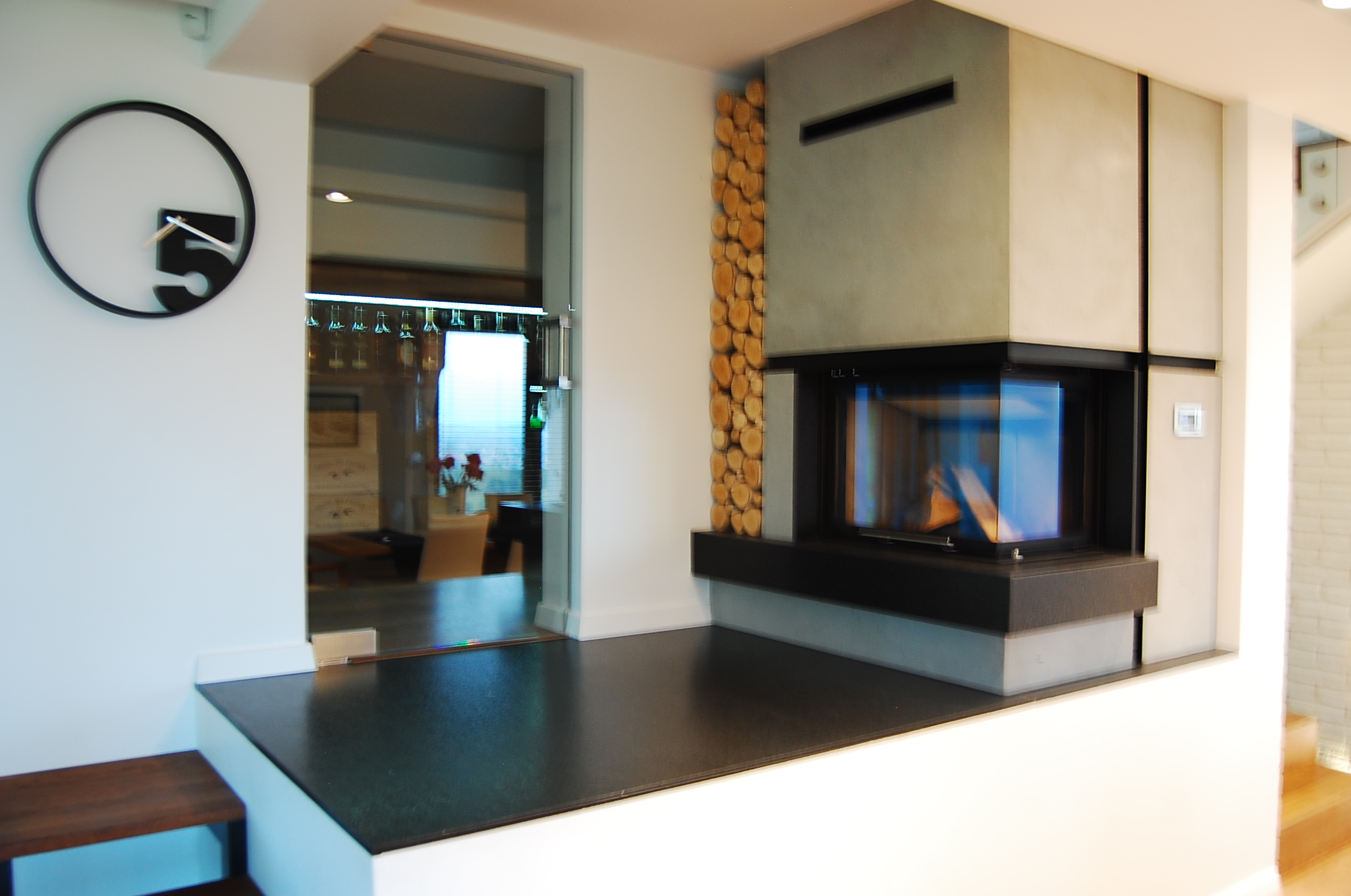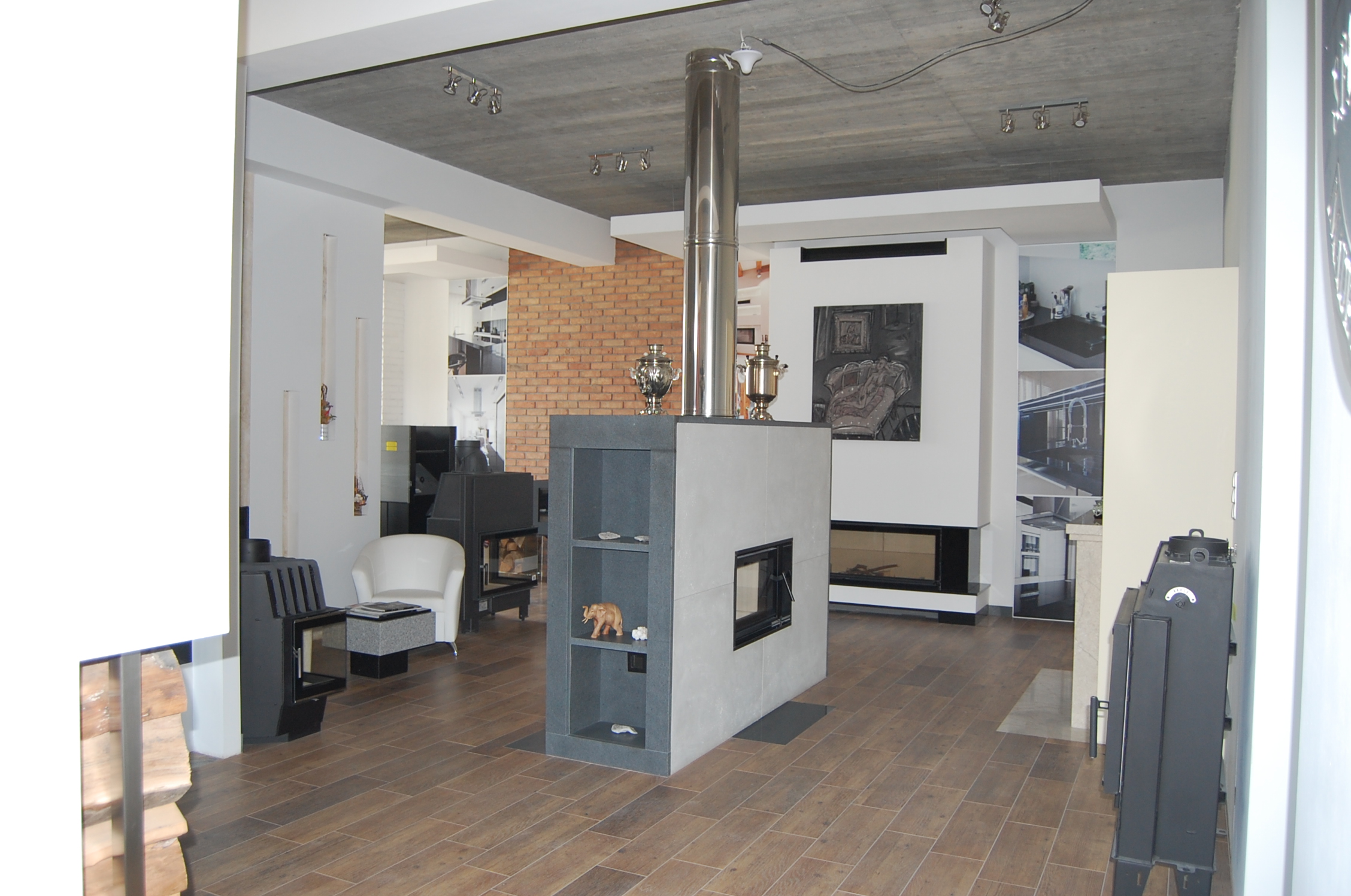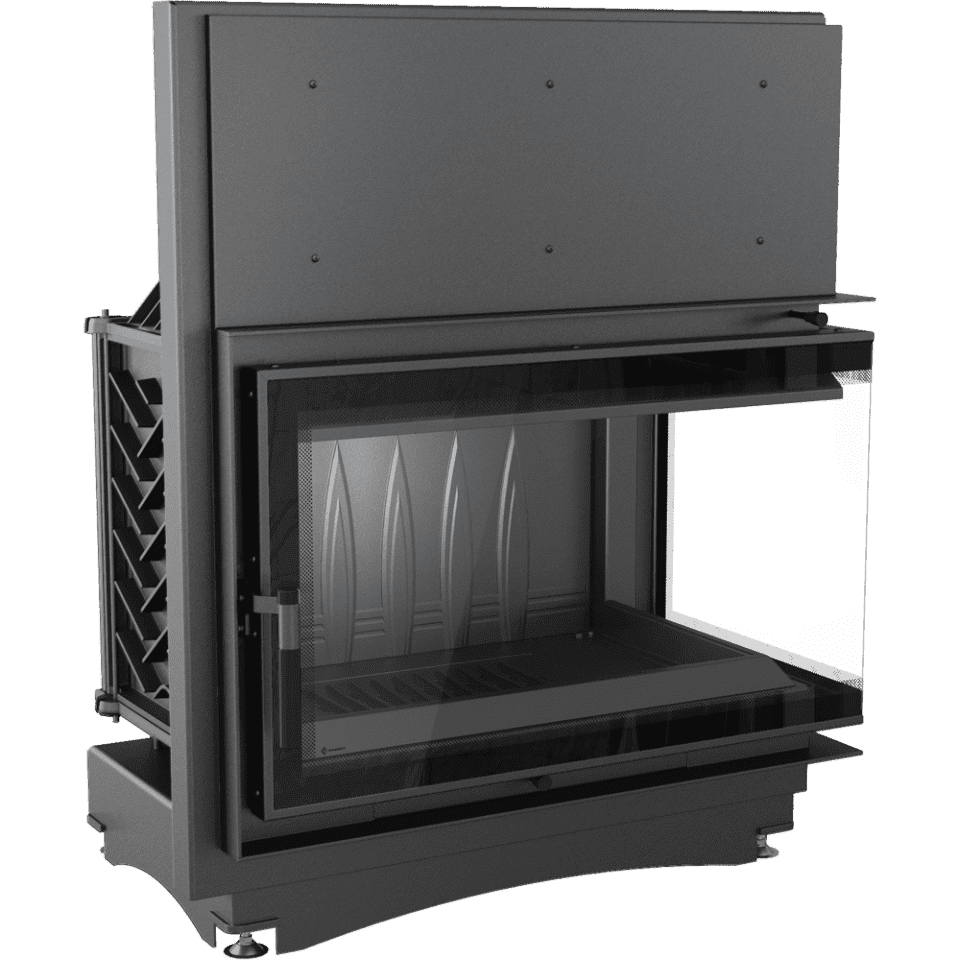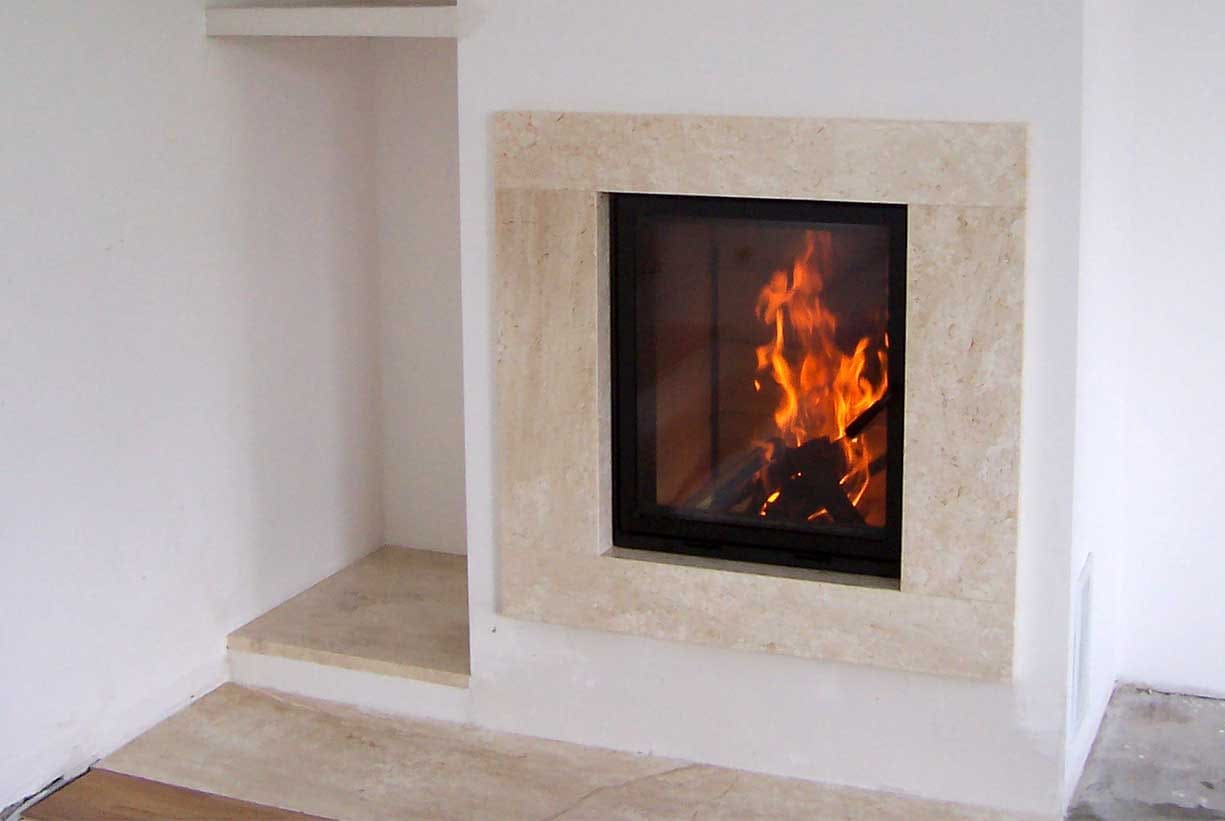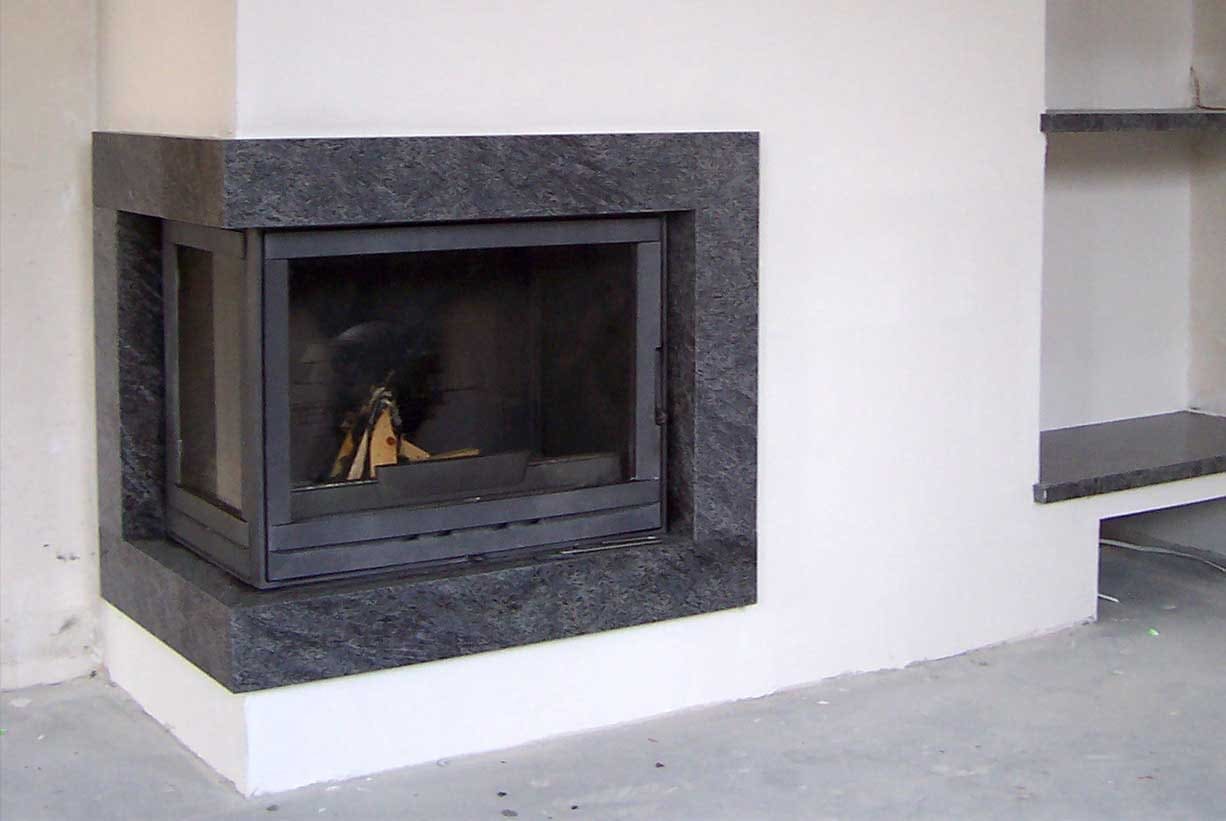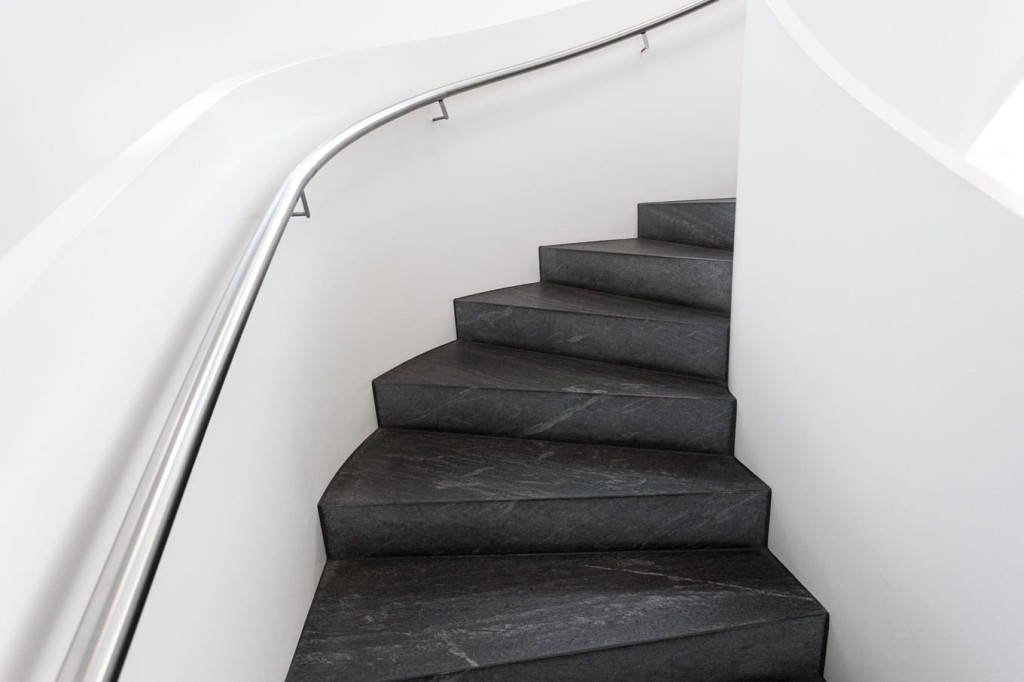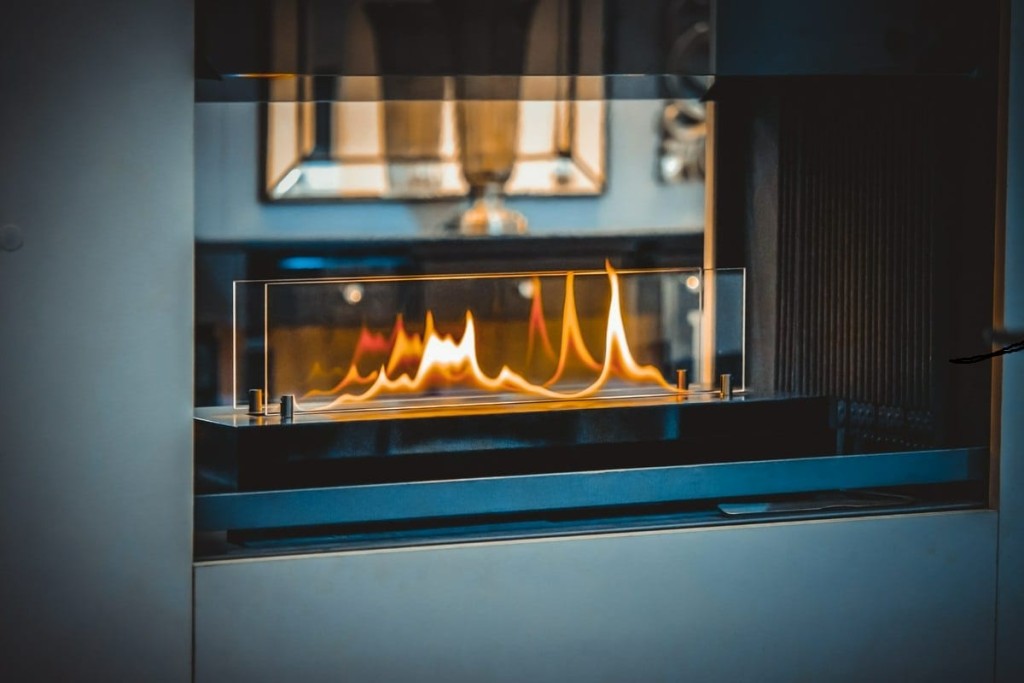When to choose a cast-iron insert?
Fireplace inserts, due to their application, have to be resistant to the influence of high temperatures and they should also be able to accumulate warmth produced during the process of wood combustion. Those who take a decision to buy a fireplace, are on the horns of a dilemma: which insert to choose from? To be able to answer this question, we need to take a closer look at the advantages of each of them. This time, we are going to present the properties and the application of cast-iron inserts.
The material, which an insert is made of, is to accumulate warmth and to have a heating capacity sufficient to heat a few rooms. Can cast-iron inserts fulfil these two functions? Below you will find the advantages and disadvantages of cast-iron fireplace inserts.
Cast-iron fireplace inserts were the first inserts on the Polish market. Their body consisted of simple iron castings linked with each other by means of steel screws. Along with the growing popularity of fireplaces, the offer was extended to include steel inserts or water jacket inserts. Until now cast-iron inserts have been making up a big part of sold fireplaces.
The advantages of cast-iron inserts
Cast-iron inserts are lower-priced products, which means that almost anyone can afford to buy them. Its production costs are much lower than the costs of welding steel body. Additionally, the material cast-iron inserts are made of, is characterised by a very high resistance to high temperatures while in continuous operational state. It means that when used properly, they are very durable. However, if for example a fireplace is lit too fast or the wood loaded is still frozen, it can cause the cracking of an insert resulting from thermal stress. Due to their massive construction, cast-iron fireplaces match rustic and classic interiors. They seem to be a bit overwhelming in modern interiors.
The disadvantages of cast-iron inserts
Cast-iron fireplaces have their minuses, too. The main inconvenience is its lack of tightness, which can appear after a few years of being utilised. The sealing, which is used, crunches with time. An additional drawback of cast-iron inserts might be a necessity to replace fire clays after a few heating seasons, because large-size profiles are not resistant to bigger impacts.
One should remember that typical cast-iron inserts (so called:„budget inserts”) do not offer the heating capacity higher than 50%, so they are not suitable for heating big houses.


